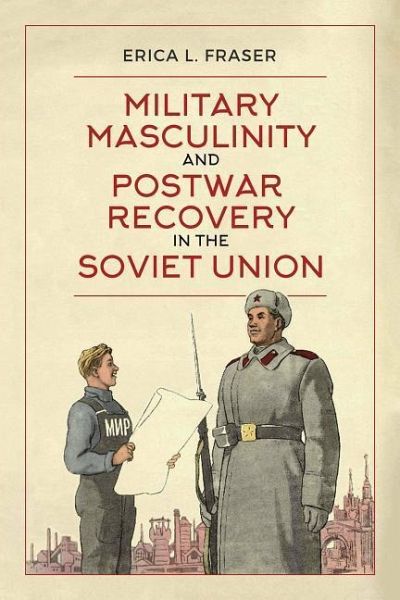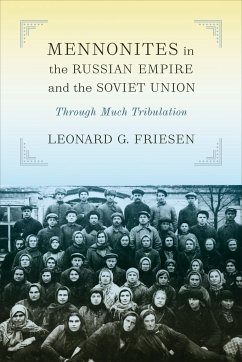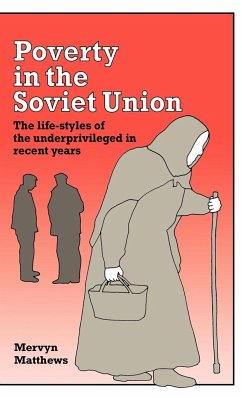
Military Masculinity and Postwar Recovery in the Soviet Union
Versandkostenfrei!
Versandfertig in über 4 Wochen
73,99 €
inkl. MwSt.

PAYBACK Punkte
37 °P sammeln!
Rearming Masculinity explores military masculinity in the Soviet Union after the catastrophe of the Second World War. Soldiering had to be reimagined and resold to the public, which involved writing women out and re-establishing military identity as the premier form of masculinity in Soviet society.












